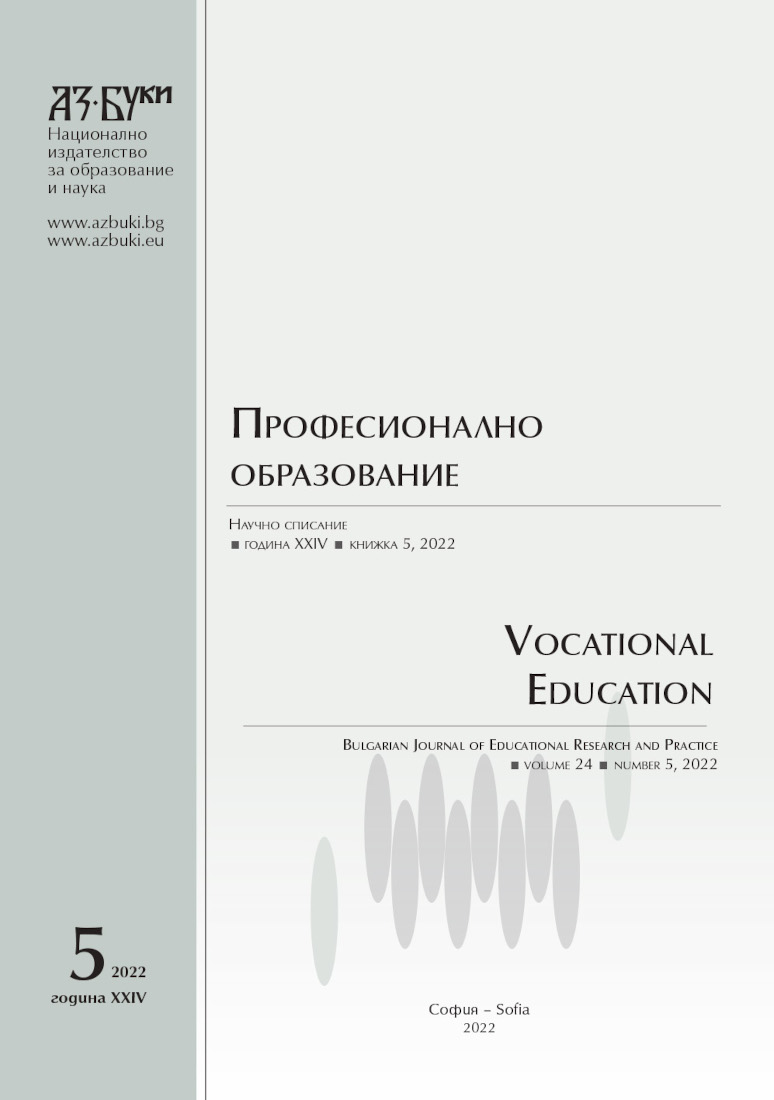Alternative Approaches to Vocational Education and Training – Part 2
Alternative Approaches to Vocational Education and Training – Part 2
Author(s): Phil BudgellSubject(s): Social Sciences, Education, School education, Vocational Education, Adult Education, Educational Psychology, State/Government and Education, Inclusive Education / Inclusion, Distance learning / e-learning, Pedagogy
Published by: Национално издателство за образование и наука „Аз-буки“
Keywords: student progress; world population review; effectiveness; efficiency; Programme for International Student Progress
Summary/Abstract: In this paper, the author continues the discussion he started in Budgell (2021): Alternative Approaches to Vocational Education and Training. A presentation of the basic ability distribution (as determined by the World Population Review (2020)) of the Bulgarian Population is followed by an analysis of the Programme for International Student Progress 2018. The author then goes on the analyse the efficiency of the Bulgarian Education System by analysing the school structure in one municipality. This is followed by an analysis of the effectiveness of the system which indicates that, even given the basic ability distribution, the pupils’ skills in reading, mathematics and science are below expectations. The data indicates that the problems with developing basic skills are concentrated in Vocational/Professional Schools. The author goes on the conclude that there should be a smaller number of larger schools (130 – 156 pupils in each grade) providing greater choice for the pupils. Furthermore, vocational training should commence in Grade 11 in larger Vocational Colleges that provide a wider range of career paths and enable pupils to postpone their career decision until they are at least 17 years old.
Journal: Професионално образование
- Issue Year: 24/2022
- Issue No: 5
- Page Range: 435-459
- Page Count: 25
- Language: English
- Content File-PDF

